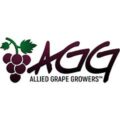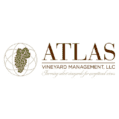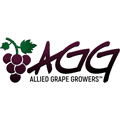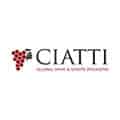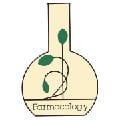A new study reveals that climate change is expected to shift the growing season and harvest times earlier for wine grapes in Mendocino County. This significant change in the timing of biological events means that local winegrowers will need to adapt their practices to maintain sustainable production.
Published in the International Journal of Biometeorology, the study analyzed data from 20 general circulation models (GCMs) and projected future climate scenarios. Key stages in the grape-growing cycle, such as budburst, flowering, veraison (the onset of ripening), and maturity, are anticipated to occur earlier than they do now. These shifts are driven by increasing temperatures and changing precipitation patterns, which are altering the traditional climate conditions for wine grapes.
Impact on phenological stages and varieties
Wine grape varieties in Mendocino County will experience later chill completion and earlier budburst, flowering, veraison, and maturity. This means the entire growing season will start and end sooner. The study showed varietal differences, with some grapes like Cabernet Sauvignon experiencing more significant changes, while others like Chardonnay showed less dramatic shifts. Different grape varieties will need tailored approaches to manage these changes effectively.
Regional specifics
Mendocino County, with its diverse American Viticultural Areas (AVAs) and varying microclimates, will see unique changes in agroclimatic metrics. The study found that coastal regions, Anderson Valley, and the 101 corridor (inland areas) each have distinct climatic conditions that will affect the timing of phenological stages differently.
Coastal regions
Coastal areas are influenced by the cool, moist air from the Pacific Ocean, leading to moderate temperatures and higher humidity. These areas may experience less dramatic shifts in temperature but still see earlier phenological events due to overall climate warming. Growers should adjust irrigation schedules to account for earlier budburst and flowering and monitor disease pressures that might increase with warmer, wetter conditions.
Anderson Valley
Known for its cooler climate, ideal for Pinot Noir and Chardonnay, Anderson Valley benefits from significant diurnal temperature variation. Earlier phenological stages may lead to shifts in the optimal harvest window, potentially affecting grape quality and flavor profiles. Implementing canopy management techniques to protect against heat stress and sunburn and exploring heat-resistant grape varieties and rootstocks will be crucial.
101 corridor (inland areas)
Inland areas such as the Ukiah Valley experience warmer temperatures and lower humidity, creating a different set of challenges. These areas will see more pronounced shifts in growing seasons with potential increases in heatwaves and drought conditions. Investing in water-efficient irrigation technologies and drought-resistant grape varieties, and utilizing precision agriculture tools to optimize vineyard management and reduce water usage, will be important strategies.
Focus on Anderson Valley Pinot Noir
Anderson Valley, renowned for its Pinot Noir, is a key area where these changes will have a significant impact. Known for its cool climate and foggy mornings, Anderson Valley provides an ideal environment for Pinot Noir, resulting in wines with complex flavors and balanced acidity. The study indicates that Pinot Noir will see advancements in budburst, flowering, veraison, and maturity by an average of 10-11 days. Earlier ripening could alter the balance of sugar and acidity in the grapes, affecting the wine’s flavor profile. Managing these changes will be crucial to maintaining the high quality that Anderson Valley Pinot Noir is known for.
Adaptation strategies for growers
- Adjust irrigation schedules: Modify the timing and amount of irrigation to meet the new needs of the grapevines. Earlier budburst and flowering mean that water demands may peak sooner in the season.
- Canopy management: Ensure optimal sunlight exposure and air circulation by adjusting canopy management. This helps mitigate the effects of increased temperatures and potential heat stress on the vines.
- Grape variety selection: Consider grape varieties that are better suited to the changing climate conditions. Varieties that thrive with earlier maturation and are more resilient to heat and drought conditions may become more favorable.
- Climate data monitoring: Keep a close eye on localized climate projections and adjust practices accordingly. Utilizing weather stations and climate models can provide valuable insights for making informed decisions.
- Invest in technology: Advanced agricultural technologies, such as precision agriculture tools, can help manage the timing and health of the vineyard more effectively. Technologies that monitor soil moisture, plant health, and weather conditions can aid in making timely adjustments.
By proactively addressing these considerations, Mendocino winegrowers can better navigate the challenges posed by climate change and continue to produce high-quality wines that the region is known for.







